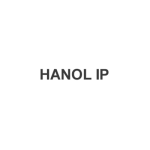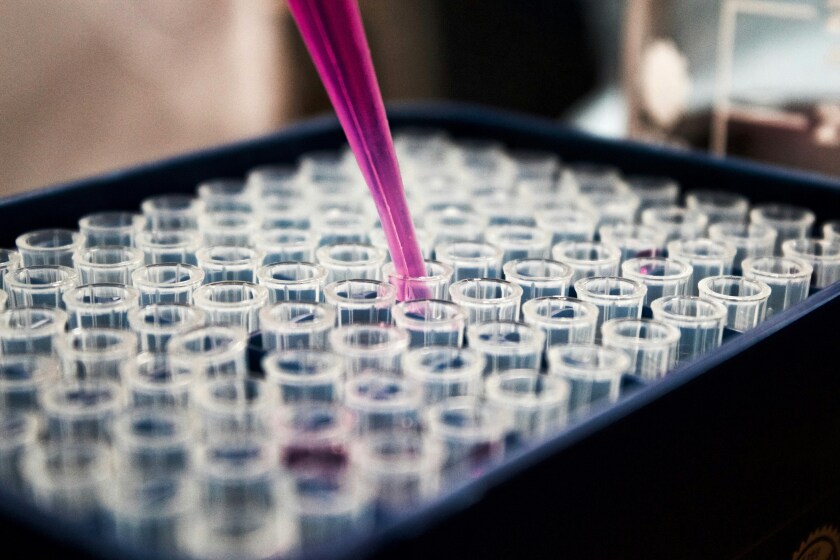In South Korea, a patent term extension (PTE) is available if a patent covers an approved drug or agrochemical product and it could not have been practised after grant due to regulatory approval requirements (Article 89 of the Korean Patent Act). In 2013, Article 7 of the Enforcement Decree of the Patent Act (the Enforcement Decree) was amended to provide that a PTE is limited to a drug or agrochemical product that contains a “new substance” as an active ingredient and has obtained “first approval” in Korea, wherein the new substance refers to a substance whose “active moiety exhibiting a pharmacological effect” has a new chemical structure.
Since then, there has been controversy as to what the “new substance” or the “active moiety exhibiting the pharmacological effect” refers to.
Recently, the Korean Supreme Court rendered a decision setting out the criteria for interpreting the active moiety exhibiting the pharmacological effect in a PTE case, holding that the active moiety exhibiting the pharmacological effect in the approved pegylated drug is not peginterferon beta-1α but interferon beta-1α, which has the same chemical structure as that of the previously approved drug, and thus this case is not eligible for a PTE (Supreme Court Decision 2021Hu11070, rendered on July 25 2024).
Decisions at lower instances
In 2016, the applicant (Biogen MA Inc.) filed a PTE application for a patent covering the approved drug Plegridy (peginterferon beta-1α). However, the Korean Intellectual Property Office (KIPO) rejected this PTE application on the ground that Plegridy is the same as the earlier approved drug Avonex (interferon beta-1α) in terms of the indication (relapsing forms of multiple sclerosis) and the active moiety exhibiting the pharmacological effect (interferon beta-1α), and therefore its active ingredient does not correspond to a new substance as prescribed in the Enforcement Decree. KIPO’s position is that the pharmacological effect in the Enforcement Decree should be interpreted as an indication.
In 2020, the Intellectual Property Trial and Appeal Board (IPTAB) upheld KIPO’s rejection, determining that peginterferon beta-1α is not a new substance as described in the Enforcement Decree.
In 2022, the Intellectual Property High Court revoked the IPTAB decision, ruling that the active moiety exhibiting the pharmacological effect is peginterferon beta-1α rather than interferon beta-1α, for the following reasons:
The “pharmacological effect” means the effect of diagnosing, treating, alleviating, or preventing a specific disease through the pharmacological action inherent in the active ingredient of a drug product, not just referring to an “indication” for the drug; and
Due to the pegylation, peginterferon beta-1α has different biological activity (e.g., antiviral activity, anti-proliferative activity, or anti-angiogenic activity) and improved pharmacokinetic properties (e.g., reduced clearance, increased half-life, increased bioavailability) compared with interferon beta-1α, thereby resulting in improved efficacy in treating relapsing forms of multiple sclerosis.
The Korean Supreme Court’s decision
However, the Supreme Court eventually overturned the Intellectual Property High Court’s decision. Regarding the meaning of the “active moiety exhibiting the pharmacological effect” in the Enforcement Decree, the Supreme Court held the following:
In view of the purpose of the relevant regulations, the “active moiety exhibiting the pharmacological effect” should be interpreted as “a moiety of an active ingredient, wherein the moiety has an activity and exhibits the efficacy and effectiveness as stipulated in the drug product approval through its inherent pharmacological action”.
Even though a part that has no activity on its own is conjugated to the active moiety exhibiting the pharmacological effect of an existing approved drug, and thereby affecting the degree of the efficacy and effectiveness of the drug, this part does not exhibit the pharmacological effect as regards the efficacy and effectiveness of the drug. Thus, the circumstance that the part is conjugated to the “active moiety exhibiting the pharmacological effect” does not mean the entire conjugate can be considered the “active moiety exhibiting the pharmacological effect” as prescribed in the Enforcement Decree.
In this case, the Supreme Court concluded that peginterferon beta-1α is not a new substance as stipulated in the Enforcement Decree, and this case is not eligible for a PTE because:
The moiety exhibiting the therapeutic effect on relapsing multiple sclerosis is interferon beta-1α, and the PEG moiety conjugated to interferon beta-1α is a moiety that has no biological activity or therapeutic effect but merely affects the degree of the efficacy and effectiveness of interferon beta-1α; and
There is no direct evidence confirming that the three-dimensional chemical structure of interferon beta-1α has changed due to pegylation, and it is not recognised that the difference in the activity related to the treatment of multiple sclerosis is remarkable such that it cannot be achieved without involving a change in the stereochemical structure of interferon beta-1α.
Final thoughts on the implications of the Supreme Court’s ruling
The recent Supreme Court ruling clarified the standard for interpreting “active moiety exhibiting a pharmacological effect” when determining whether an approved active ingredient is a new substance eligible for a PTE as stipulated in the Enforcement Decree.
In view of the standard above, a drug with modifications may be eligible for a PTE if the modification(s) can make a difference in the key structure (such as the stereochemical structure) of the active moiety thereof or in the efficacy and effectiveness compared with the previously approved drug.
It is expected that this standard will provide good guidance in determining whether patents or approved drugs are eligible for a PTE in Korea.











